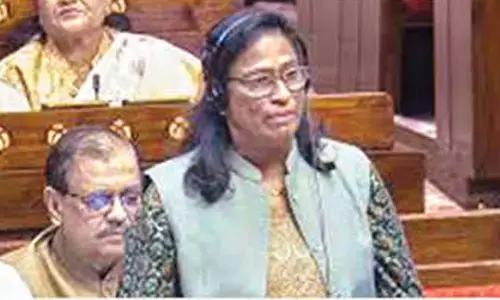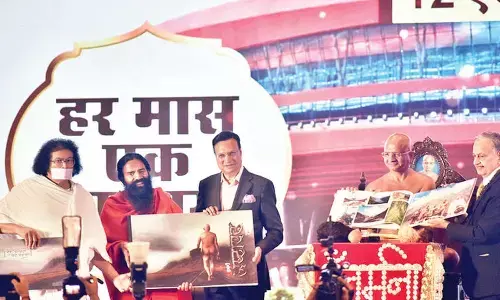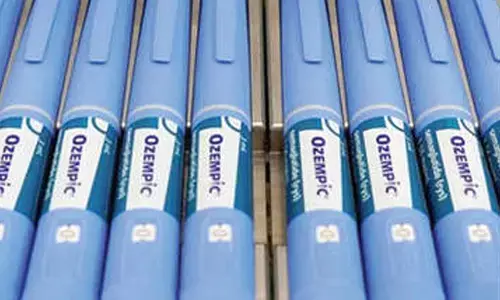RBI goes for 2nd rate cut in a row

Reduces key repo rate by 25 bps to 6% to boost growth; Reverse repo rate cut to 5.75%
Mumbai: In a bid to boost sluggish economy before elections, the RBI on Thursday cut interest rate by 25 basis points for the second time in as many months.
The six-member Monetary Policy Committee (MPC), headed by RBI Governor Shaktikanta Das, cut the repo rate to one-year low of 6 per cent and reverse repo rate to 5.75 per cent on prospects of benign inflation.
While four of the six members voted in favour of the rate cut, two of them were in favour of status quo. RBI Deputy Governor Viral Acharya and MPC member Chetan Ghate voted for a status quo in rates.
Five of six members voted to keep the stance unchanged at neutral, while committee member Ravindra Dholakia voted to change the stance to accommodative. The apex bank cut benchmark interest rate by 0.25 per cent to 6 per cent. This is also the first back-to-back rate cut since the MPC was formed in late 2016.
The RBI had last cut repo rate to 6.25 per cent from 6.5 per cent on February 7 and together with the latest reduction it has reversed last year's 50 basis points increase. Repo rate is the rate at which the central bank lends short-term money to the commercial banks.
And, the reverse repo rate is at which the RBI borrows money from the commercial banks. Banks take a cue from RBI's monetary policy stance in hiking or cutting lending rates.
The move came a week before the general elections kick off on April 11. The reduction in rates was based on RBI cutting its inflation forecast to 2.9-3 per cent rage for the April-September period compared to 3.2-3.4 per cent range it had projected in February.
Inflation, which stood at 2.57 per cent in February, is projected at 3.5-3.8 per cent in January-March 2020 - within the RBI's target of 4 per cent. But the central bank warned of upside risks to price pressures if food and fuel prices rise abruptly, or if fiscal deficits overshoot targets.
While high-interest rates have often been cited as an obstacle to faster investment growth, rate cut announced on Thursday will help the real interest rates in India to drop below Malaysia and Indonesia.
The RBI had in its Statement on Development and Regulatory Policies on December 6, 2018, asked banks to start using external benchmarks while disbursing new floating rate personal or retail (housing, auto, etc.) with effect from April 1, 2019.
However, in its policy announcement on Thursday, the central bank said it has deferred this move for the time being.
The country's largest lender State Bank of India (SBI), which controls nearly a quarter of the banking system, has already announced that it will be linking its savings deposits rates and short-term loans to the RBI's repo rate from May 1.
Currently, banks follow a system of internal benchmarks, including Prime Lending Rate (PLR), Benchmark Prime Lending Rate (BPLR), Base rate and Marginal Cost of Funds based Lending Rate (MCLR).
In the context of the proposed new system of linking interest rates, the RBI on Thursday said it held discussions with stakeholders on various aspects like management of interest rate risk, and time required for IT system upgradation.
"It has been decided to hold further consultations with stakeholders and work out an effective mechanism for transmission of rates," the central bank said in its 'Statement on Developmental and Regulatory Policies'.
Das said the RBI will continue to add liquidity to ease constraints in the banking system by using all instruments available, including open-market bond purchases and currency swap.
The RBI also allowed banks to use an additional 2 per cent from SLR bucket for purpose of Liquidity Coverage Ratio. The next meeting of the MPC is scheduled for June 3-6.




















